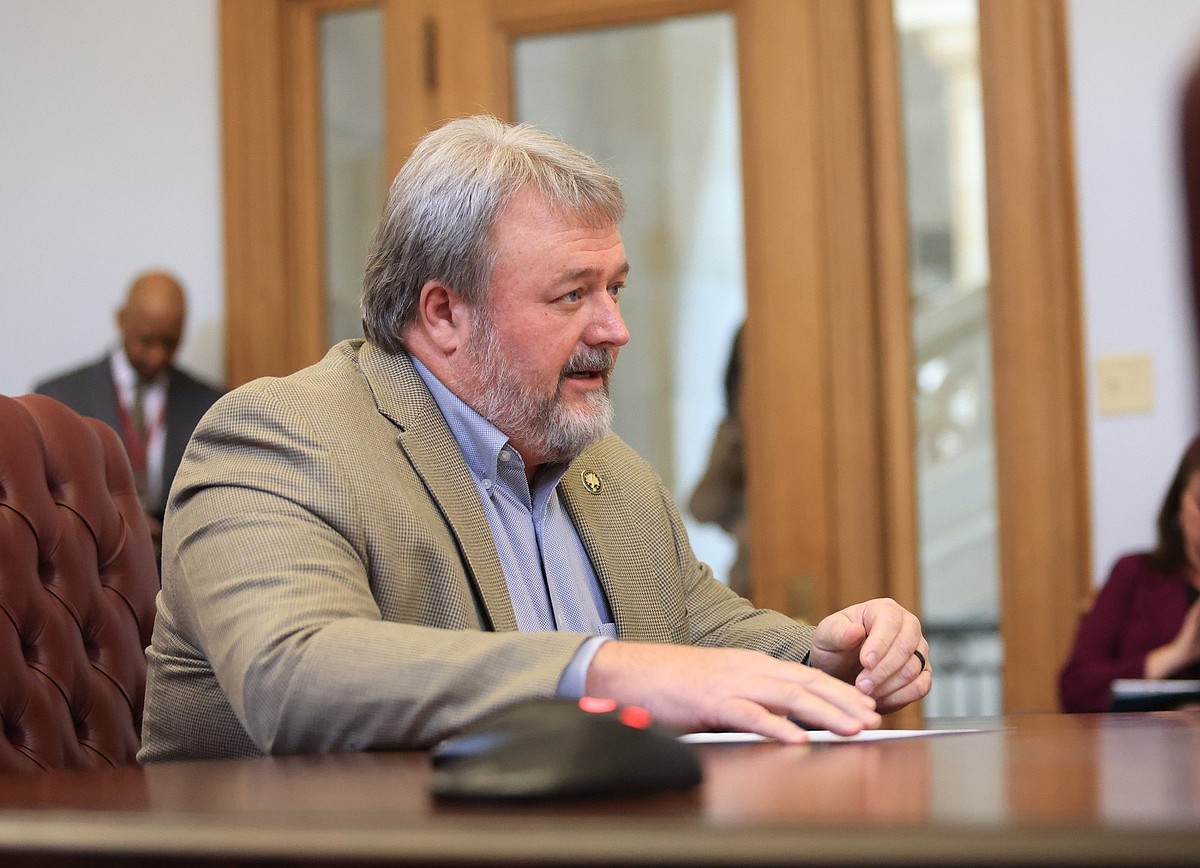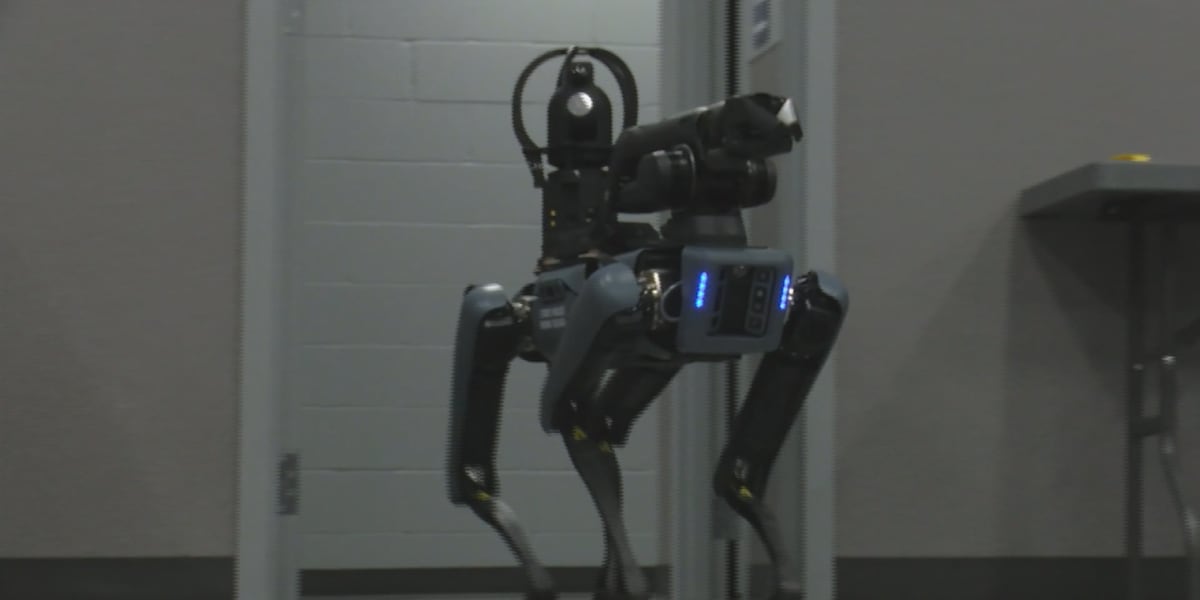The “worst maritime disaster in U.S. history” happened only about 5 miles from Marion, when the boilers of a Mississippi River steamboat exploded in the early hours of April 27, 1865.
Aboard the steamboat were nearly 2,000 Union soldiers who were headed home following their release from notoriously deadly prisoner of war camps. Of the estimated 2,130 total passengers aboard, historians say 1,169 were positively determined killed. Some estimates, though, set the death toll even higher.
As survivors clung to life on whatever they could find floating in the river, Arkansans who witnessed the explosion hurried to their rescue. They played a key role in saving over 950 passengers.
Despite the scope of the tragedy and the aid given by Arkansans in its aftermath, experts say that few people, including in the Delta town, know it ever even happened.
A $10 million project to develop the site aims to fix that. It’s an effort that’s been years in the making, with at least another year and a half to go, but those involved in the effort say it will help them to preserve and retell the stories of those who were aboard the doomed vessel in a way they simply couldn’t before.
The Marion-based Sultana Disaster Museum came one step closer last week to realizing that dream when they opened bids on the construction of the new facility, with plans to break ground early next year, and expanded their board by three members.
Members of the board said they believe the completed project could also serve as the hub for a “Delta Museum Trail,” which could drive thousands of tourists to museums and communities across the region, they said.
The current museum, which board chair John Fogleman described as a “little bitty” site taking up only about 900 square feet, is located at 104 Washington St. The new museum is estimated to be about 20,000 square feet and will occupy the former Marion School Auditorium-Gymnasium, at 54 Military Road.
The architects for the project, Memphis-based Haizlip Studio, guessed construction at the location would cost $6.5 million, Fogleman said. The museum has received five bids, “all from highly respected companies.” Two of the companies bid below the estimated cost, and only one exceeded $7 million.
Fogleman said receiving bids for the development of the new facility has been a “great relief.” “Obviously in this day and time there’s so much uncertainty in the building and construction industry we were concerned about what the bids might be,” he said.
The architects are reviewing the bids to ensure they are in order, and the board expects to vote to award the contract within the next week and a half. From there, they aim to begin construction by mid-January and open the new museum’s doors by about the middle of 2025, said Marion Mayor Tracy Brick, who is also a board member.
“It would be really just perfect timing if we could open the museum on the [160th] anniversary date,” Brick said.
Since the gym is standing, the mayor said she expects progress on the site will be made quickly.
The architects will move into the design phase for the exhibits as construction takes place. As the building nears completion those exhibits will be installed, according to Brick. They’re also looking to hire an executive director.
Fogleman said he hopes the museum will be able to tell the story of the Sultana, as well as its survivors and their rescuers, in an interactive way that connects emotionally with visitors. For instance, he wants attendees to be able to push a button on a kiosk to hear a voice actor read the words of someone who lived through the disaster.
All of that will take money.
The board, working closely with city officials, has worked aggressively to secure funding for their project. To date, they’ve raised about $10.4 million, Fogleman said. The museum hopes to raise an additional $3 million for operations costs, such as paying for staff and utilities, or acquiring additional artifacts.
Brick said it was initially hard to figure out how to bring in the necessary money. They ultimately hired a professional fundraiser from the Little Rock area to help.
“When we started trying to raise funds, I remember we got a $5,000 check in one day and we just thought, ‘oh my gosh this is fabulous,’” Brick said.
The fundraiser encouraged the group to push beyond their comfort zone in pursuing money for the project, according to the mayor. With her help, they made asks of foundations and other sizeable entities across the country, as well as identifying potential donors closer to home.
Since then, the board has received grants and donations on a significantly larger scale. In June, they received a $1 million contribution from FedEx. The capital campaign received a $508,910 grant from the Delta Regional Authority in October 2022, and former Arkansas Gov. Asa Hutchison pledged $750,000 in state funding over two years toward the project in April 2021.
They also sought and received the support of several high profile political figures beyond Hutchinson, including U.S. Rep. Rick Crawford, U.S. Sen. John Boozman and former U.S. Secretary of Transportation Rodney Slater.
THE DISASTER
Despite its limited size, the current Sultana Disaster Museum relates the stories of over 200 people who were there when three of the steamboat’s boilers exploded and passengers scrambled into the Mississippi River in hopes of reaching safety.
That explosion was particularly deadly because of the dense volume of people aboard the steamboat when the blast occurred at about 2 a.m. The 2-year-old vessel, built to be a cotton transport, was only meant to carry about 376 passengers; roughly 2,130 were aboard when the catastrophe struck.
Melody Walker, director of planning and operations for the museum, said corruption was to blame for the throng of people packed onto the boat. As the steamboat stopped in Vicksburg, Miss., 34-year-old James Cass Mason, its captain, was approached by the chief quartermaster in the city. The quartermaster, Capt. Reuben Benton Hatch, promised he could get Mason at least 1,000 passengers in exchange for a kickback. Nearly double that ultimately boarded the ship.
Walker said Mason was struggling financially at the time, making Hatch’s offer one that was difficult to refuse.
The passengers Hatch guaranteed were prisoners of war who were recently paroled from Confederate prisoner of war camps at Cahaba, Ala., and Andersonville, Ga. The camps — particularly Andersonville — were notorious for their awful conditions, and many of those who boarded Mason’s vessel were weak or ill.
“At this point I believe their minds were stronger than their bodies; they were going home,” Walker said.
One of the boilers sprang a leak several days before the explosion, and Mason was forced to decide between patching the hole and hoping for the best or wait several days for more thorough repairs. He chose the former, and they resumed their northbound voyage.
The steamboat was near Marion, when the boilers exploded.
“The horrors of that night will never be effaced from my memory — such swearing, praying, shouting and crying I had never heard; and much of it from the same throat — imprecations followed by petitions to the Almighty, denunciations by bitter weeping,” wrote Rev. Chester D. Barry, who was a private in the Union army when he was captured at Cold Harbor, Va., and held at Andersonville.
After the disaster, only one officer was court-martialed, according to the museum: Capt. Frederic Speed. A six-month trial concluded with Speed found guilty of being “negligent of duty to the prejudice of good order and military discipline.” However, the verdict was later reversed and he was honorably discharged.
Hatch was determined by a judge to be responsible for the steamboat’s overcrowding, but he ignored three subpoenas and never saw a trial.
Mason, the Sultana’s captain, disappeared during the chaos of the explosion and its aftermath. Witnesses reported that he remained aboard the ship and threw debris into the river on which survivors could float, Fogleman said, adding that he likely died before he could be rescued.
Nobody ever received punishment for the enormous loss of life, according to Fogleman; a commission that investigated the disaster ultimately decided that all those who were to blame were already dead.
‘THROUGH THE CRACKS’
The death toll resulting from the explosion on the Sultana rivals that of the sinking of the Titanic and the U.S.S. Arizona — 1,522 and about 1,100, respectively. A 2009 congressional resolution sponsored by then-Rep. Vic Snyder, D-Ark., states the incident is “considered the worst maritime disaster in American history.” Despite that, Walker said the disaster was quickly forgotten by the nation at large. One of the reasons for that was the number of events that rocked the country during the month it happened. Confederate Gen. Robert E. Lee surrendered April 9. President Abraham Lincoln was assassinated by John Wilkes Booth six days later. A train carrying the president’s body left Washington for Springfield, Ill., making stops along the way that were attended by sometimes thousands of onlookers. Booth was found and killed by authorities on April 26 — the day before the Sultana exploded.
“That all happened in two or three weeks’ time,” Walker said. Because of that, the story of the Sultana “fell through the cracks.” The story also sank into relative obscurity because many of the people who survived the explosion rarely spoke about their experience. Walker said she understood why it would be difficult for those survivors to recount the story, but said that she was sad it meant their descendants often never learned what happened.
The planning and operations director said she’s amazed at the number of people in Marion who had never heard the story before coming to the museum.
“‘Wow, I had no idea’ — I get that response every time,” she said.
A DELTA MUSEUM TRAIL
Board members have also expressed interest in promoting not only their museum, but others throughout the Delta, as part of a trail to draw interested tourists to the region.
The area is home to numerous museums and cultural centers, including the Hemingway-Pfeiffer Museum and Educational Center in Piggott, Johnny Cash’s Boyhood Home in Dyess and the Delta Cultural Center in Helena-West Helena.
Joseph Alley, exhibition manager for the National Cold War Center in Blytheville, said he first heard the term while sitting in a meeting around 2017. At some point there was discussion of developing buy-one-get-one-free-or-reduced tickets for such a trail. The strategy hasn’t been implemented yet, though.
“You need to have a good plan in place for something that ambitious,” Alley said.
According to Alley, the area is especially conducive to development of a museum trail, due in part to the high levels of cooperation between sites.
“We’ve got a good opportunity here in order to real take advantage of the tourism industry over the next decade,” he said. “We’ve just got to make sure that we stick to our plan and that we are going to be able to make sure that all the little boxes get checked.”



























